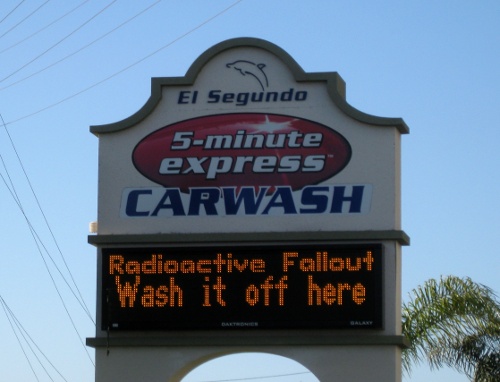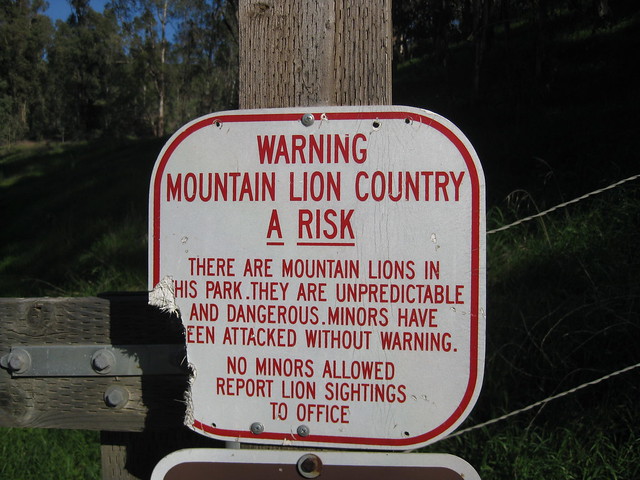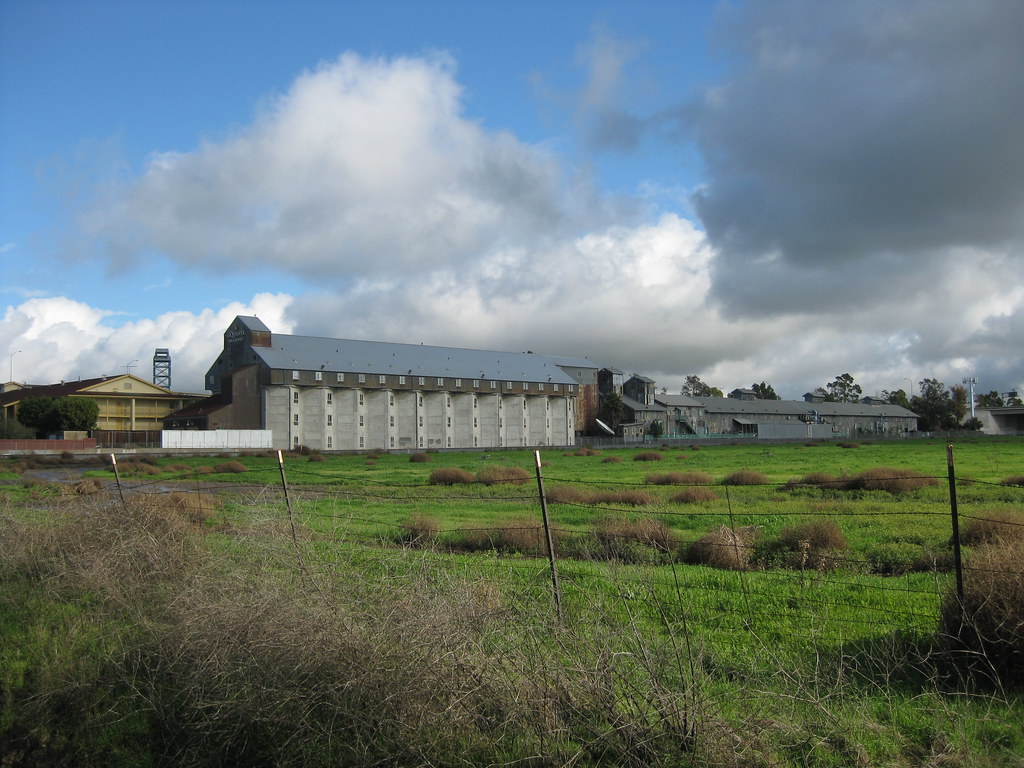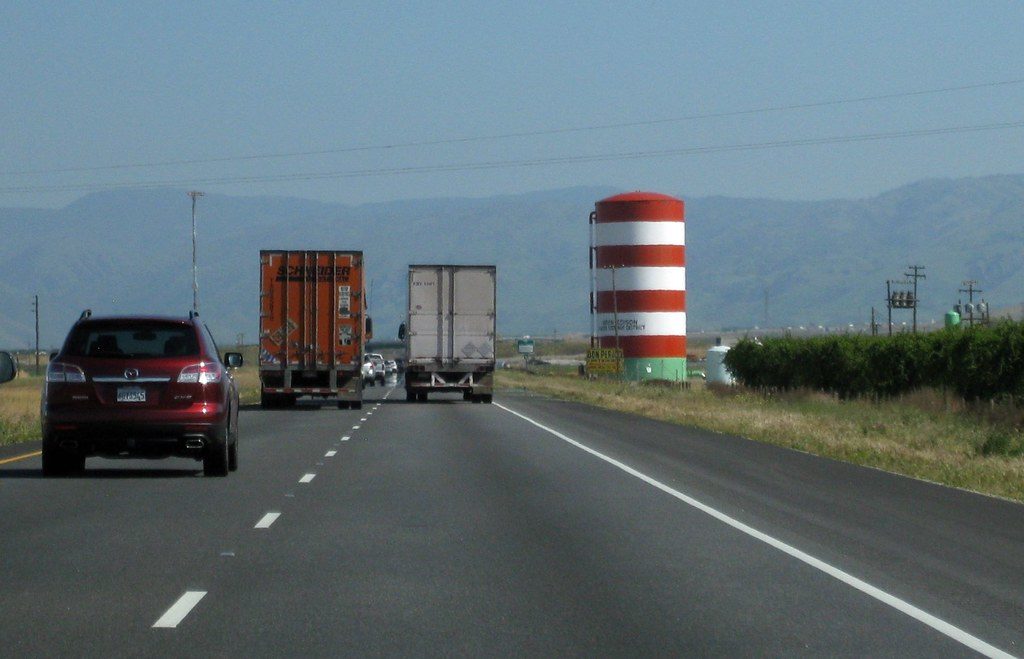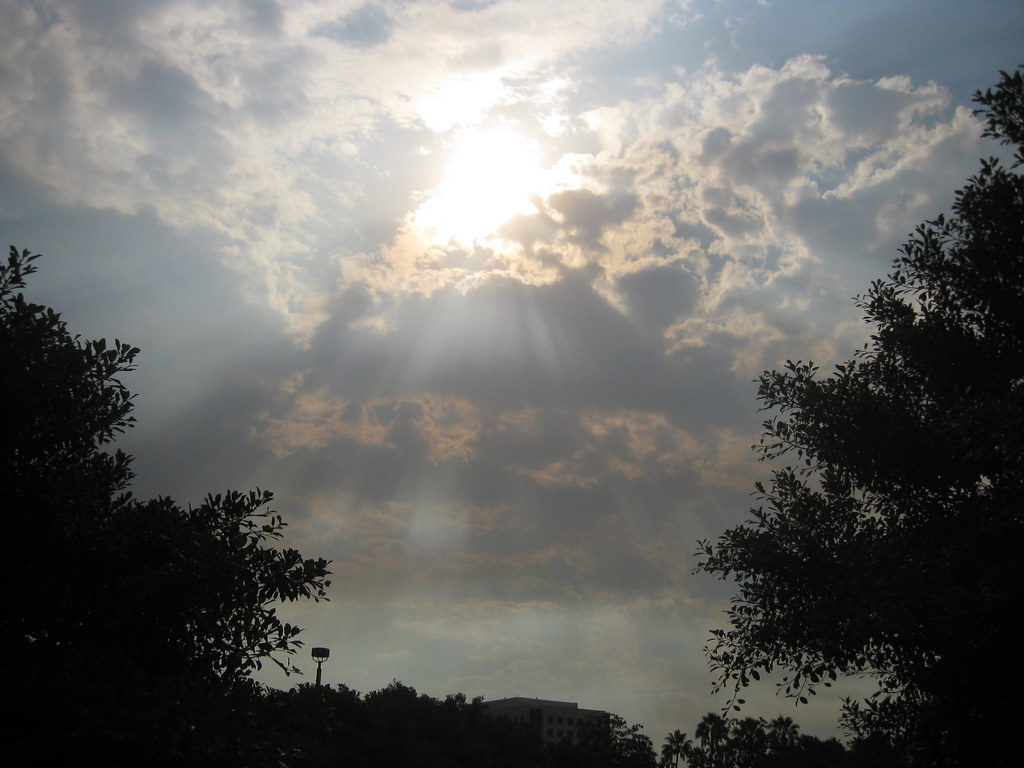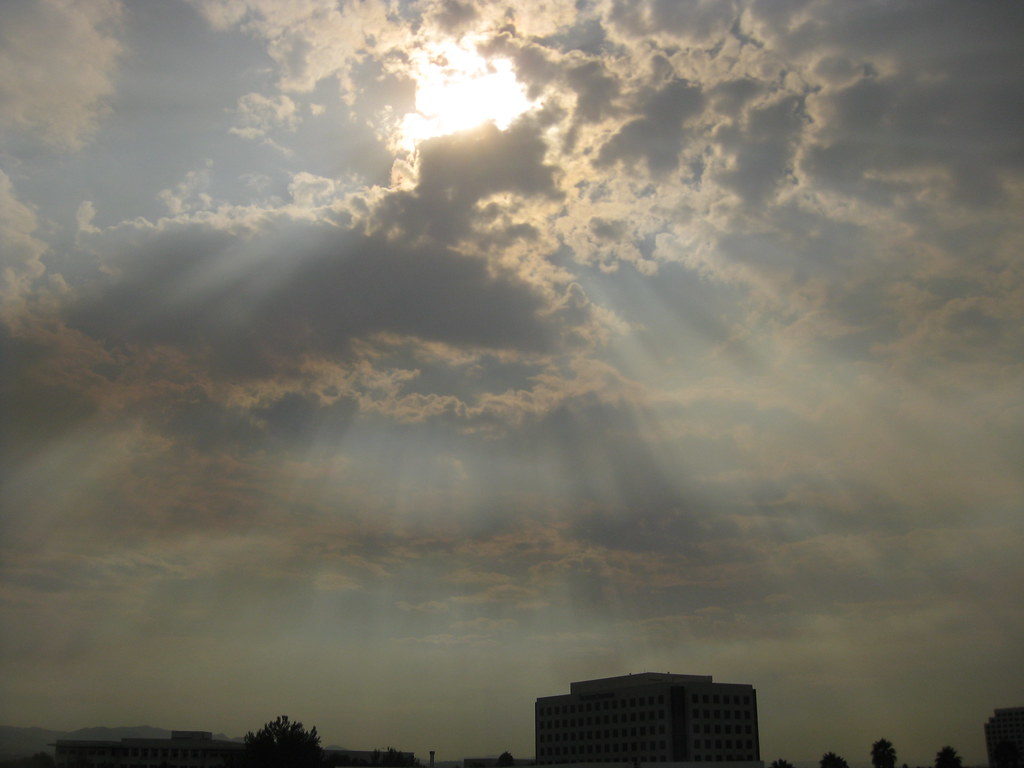Saturday night we went out to the Redondo Beach pier just in time to watch the sun set over the Pacific Ocean. One thing that I found a bit odd was that it appeared to be setting behind a line of distant mountains. While the coast does curve westward at Santa Monica, I was pretty sure that due west of us was nothing but sea, though I figured it could have been the Channel Islands, or a very sharply-defined cloud bank.
So I did what any geek would do: looked up the angle at which the sun had set that evening.
I found two tools: The NOAA solar position calculator let me figure out, given latitude, longitude and time, the sun’s declination. Then I found another tool that let me enter the latitude, longitude, and compass bearing and see a line drawn on a map.
It turned out that the sun was setting roughly 21° north of due west, putting it roughly in line with the coast from Malibu toward Ventura…on the seaward side. The line finally connected with land out toward Point Conception, roughly 120 miles away. That’s probably too far away to be visible from near sea level, depending on how high the mountains are out there, but if the angle was off just a little bit (I did estimate the time), it could easily have be the Santa Monica mountains above Malibu (more like 20 miles).
So yes, I did watch the sun set over the ocean and over land at the same time!
